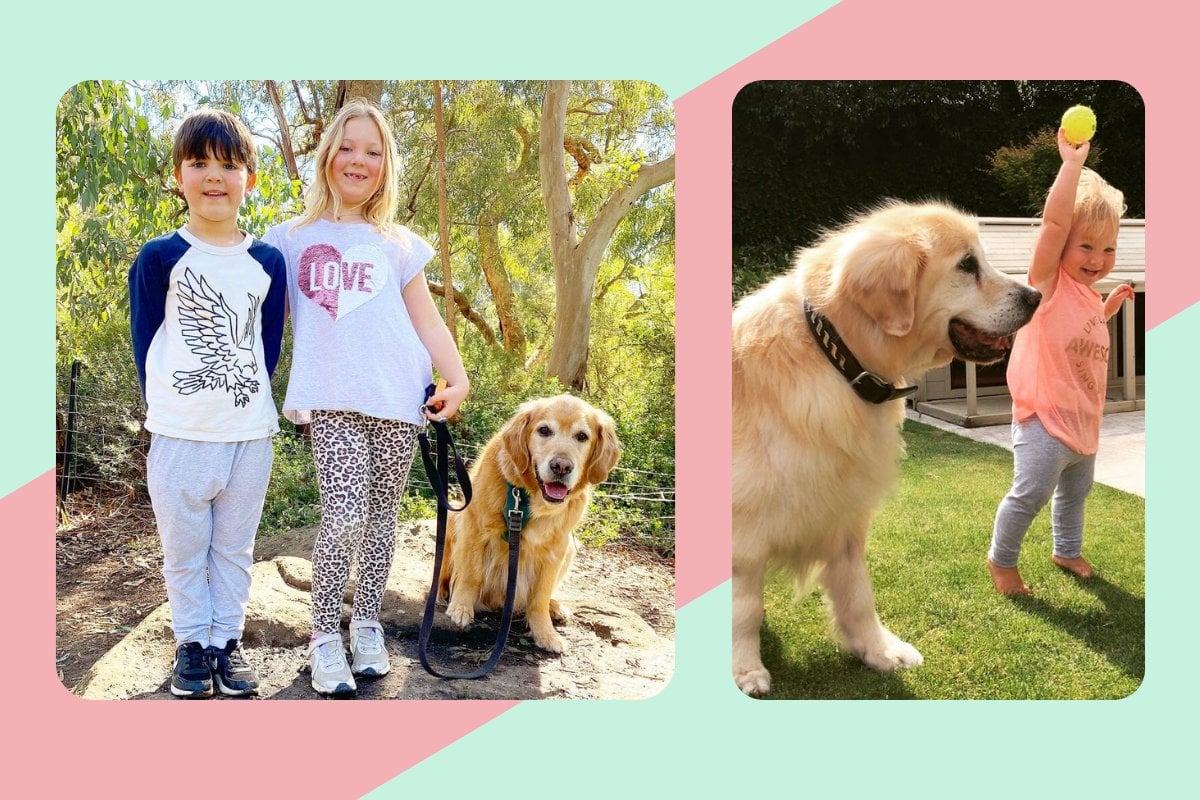
There is nothing more beautiful than seeing your children and dog together actually enjoying each other’s company. But let me tell you, building relationships and bonds can take time. Understanding this from the start and not rushing it, will help the relationship between your child and dog to grow in the right direction from the very beginning.
Today, I am going to help give you some things you CAN do to help build up that relationship between your child and dog that is going to be safe and positive for both. As parents we are so quick to say, no don’t do this, no don’t do that. But generally, when our kids hear this, the more they want to do those things. So just as you want to say "no no no" – stop yourself, take a deep breath and think – what CAN they do?
Let’s start being proactive and not reactive.
So, in this article I will provide you with proactive and fun tools you can use when your child or your dog wants to engage but you want to ensure the interactions are safe and everyone is enjoying themselves.
Watch: Dogs can tell when you're upset, and they want to help! Post continues below.

